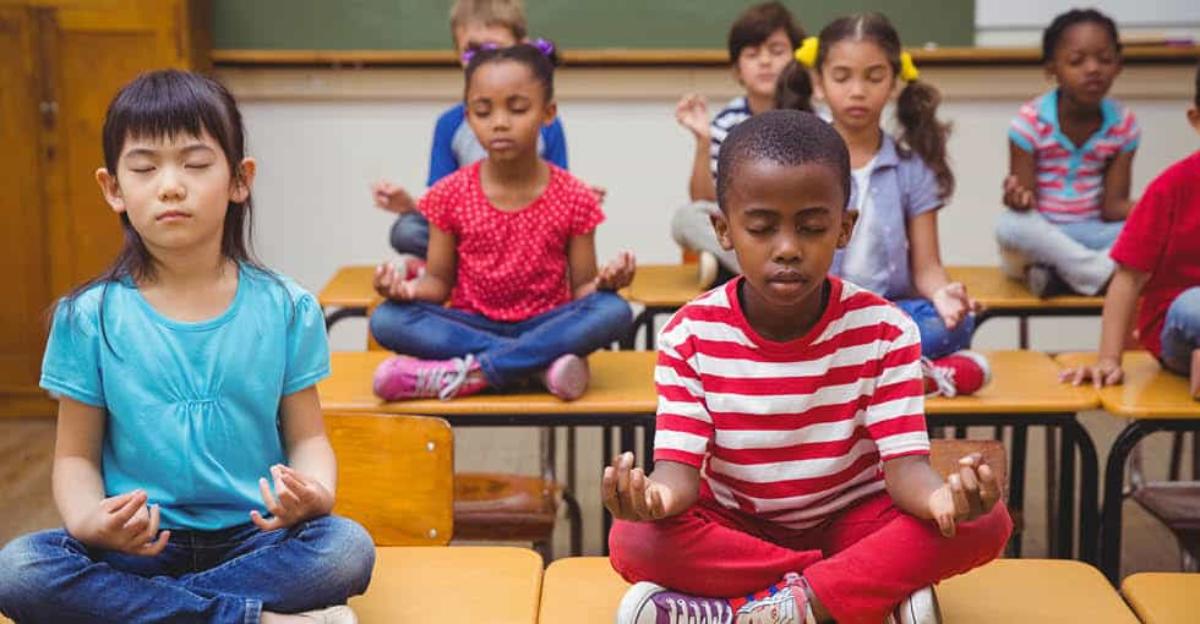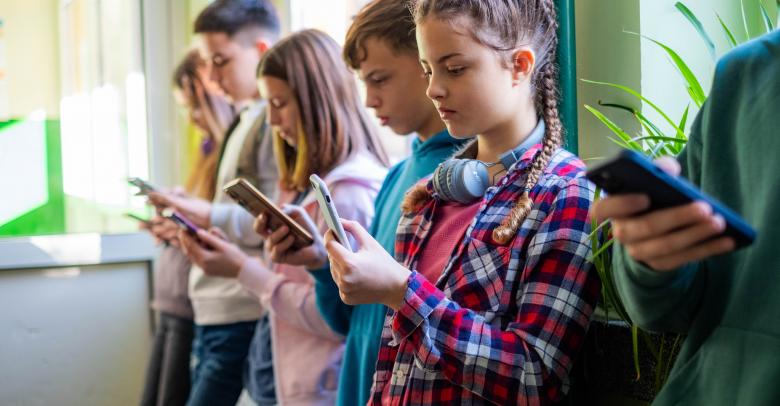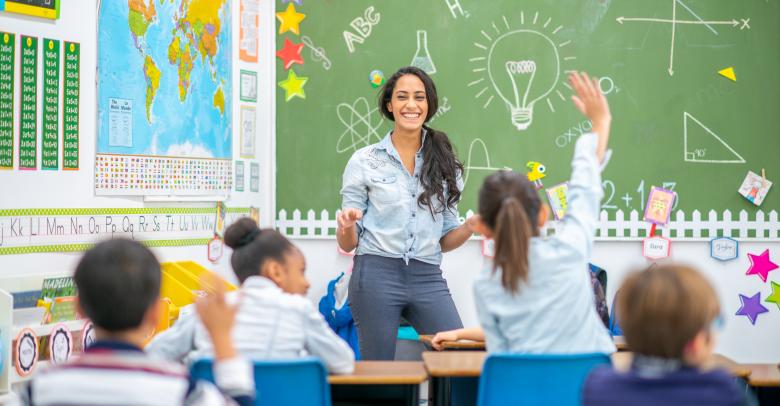Mindfulness has been an established part of Eastern spiritual practices for centuries. In the past few decades, Westerners have also adopted this practice of quieting the mind. Using mindfulness in the classroom is a fantastic way to help students improve their emotional control and even boost learning outcomes.
What Is Mindfulness?
Mindfulness is a way of learning to be more purposeful in attending to your everyday experience. It refers to being “in the moment,” observing your presence in the world in a nonjudgmental and experiential way. True mindfulness is a gentle approach of focusing your attention to the present. It should never feel forced or as though you are trying to direct your thoughts to anything in particular.
Benefits of Mindfulness in the Classroom
Mindfulness can be a powerful technique in an educational setting. Many schools have been packing more instructional time into the day at the detriment of free play or recess. As a result, many students have pent up energy and low frustration tolerance. Crabby, stressed kids are rarely able to absorb lessons or behave productively in class.
Practicing mindfulness helps students — and teachers! — decrease their stress levels, become more self reflective, and live in the present moment rather than worrying about what already happened or what is coming next. When students are more aware of themselves and their surroundings, they listen better, it reduces behavioral problems, and improves focus and attention. Mindfulness can be particularly powerful for kids with emotional regulation problems, as it teaches them a way to quiet their minds and feel their emotions without being told to change them or shut them down.
Introductory Mindfulness Exercises for Students
Obviously, students are not going to become mindfulness experts overnight. It’s best to start small, emphasizing the connection between mind, body, and spirit. Consider the following exercises:
Guided breathing. “Following the breath” is a core mindfulness practice. At the beginning of class, turn down the lights and teach your students how to use diaphragmatic breathing to take deep, slow breaths. Count to four on the inhale and to six on the exhale to slow the breaths. Instruct students to picture good breath entering their bodies while frustrations and anger leave on the exhale.
Yoga is great for students, because it gives them a way to use their bodies while quieting their minds. Practice some simple poses — downward-facing dog, mountain pose, or warrior pose — while breathing deeply. A five-minute yoga break is a good way to focus students’ energy when they’re becoming restless.
Guided meditation. An effective, easy guided meditation for kids is a body scan. While sitting comfortably, the teacher can guide students through focusing on each body part in turn, noticing any sensations they are experiencing while relaxing that area. This teaches good body focus and promotes calm.






Leave a Reply